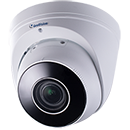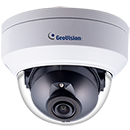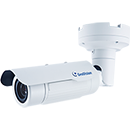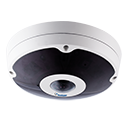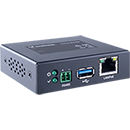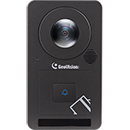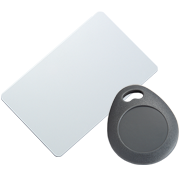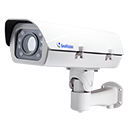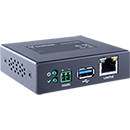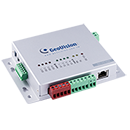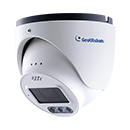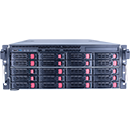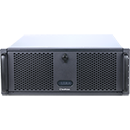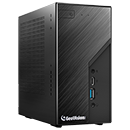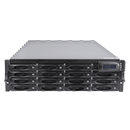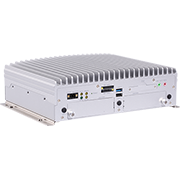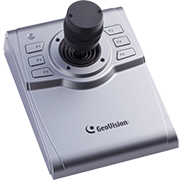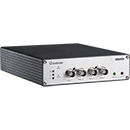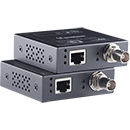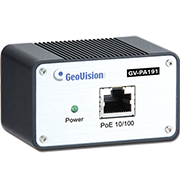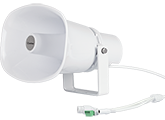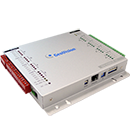
Traditionally, the security industry has always been considered slow-moving in terms of innovation. Analog video surveillance cameras had been around for quite a while before IP came in, and it took a similarly long time for people to accept IP and for companies to build further on the power of digital systems.
This could be about to change, though. A visit to any prominent security trade show will show how the market is no longer just about the power of cameras and access control systems but more about the strength of the software, of complex algorithms that can offer the customer more returns on their investment.
For customers in the Middle East market, companies have recently showcased quite a few solutions that harnessed the power of artificial intelligence (AI). These ranged from options to search for specific footages by using metadata to solutions that can help administrators take proactive security measures by using behavior analytics and object detection alerts.
Predictive, deterrent analytics
If a solution can predict an event before it happens, then it gives the administrators an edge over criminals and perpetrators. Analytics, with the use of features like behavior analysis that scan how a person acts and compares to existing data of similar action, can do exactly this.
The benefits of such solutions include accurate predictions before an event, instant deterrence during an event, quick target search after an event, storage-saving while ensuring target details, and privacy protection and defense against attacks.
Searching through the mess
With the increase in cameras, the number of video footage that is being generated has increased tremendously. Finding a specific clip or part from within the footage would traditionally have been a herculean task. However, thanks to advanced algorithms that can make use of metadata, the search has become easier.
This makes it easy to search by color and type of object (for example, people, cars, and bicycles) and number, to deliver significant labor efficiencies and reduce investigations from days and hours to just minutes. At the same time, a new mapping tool will allow users to select a specific camera on an intuitive layout plan, and live view or playback video in the corner of the screen to further improve control room and operator efficiency.
More intelligence in fewer cameras
Running algorithms in a camera or on footages captured by the camera can be beneficial for several reasons. But what if a single camera can run several algorithms? These can be used to process many different problems at once.
A multi-intelligence camera can run several deep-learning algorithms in parallel for a host of complex scenarios. Simultaneously, these cameras visualize and analyze structured data of various targets such as faces, bodies, and vehicles simultaneously.
Vertical-specific solutions
As governments in the Middle East try to invest more money in verticals outside oil and gas, there is a fresh push to develop sectors like transport, logistics, banking, tourism, etc. Each of these verticals has unique requirements that need to be addressed, and software can play an important role here. Intelligent Traffic Systems is one example of this. Analytics that calculate footfall, customer behavior and generate heat maps are an example of a similar vertical-centric approach in the retail.
In short, while the traditional requirements in the market continue to remain strong, the interest in algorithms is something that companies are trying to capitalize on. In countries like the U.S., labor costs are one of the major reasons for automated software systems becoming popular, but in the Middle East, its more about efficiency and convenience.
Source: a&s Magazine
